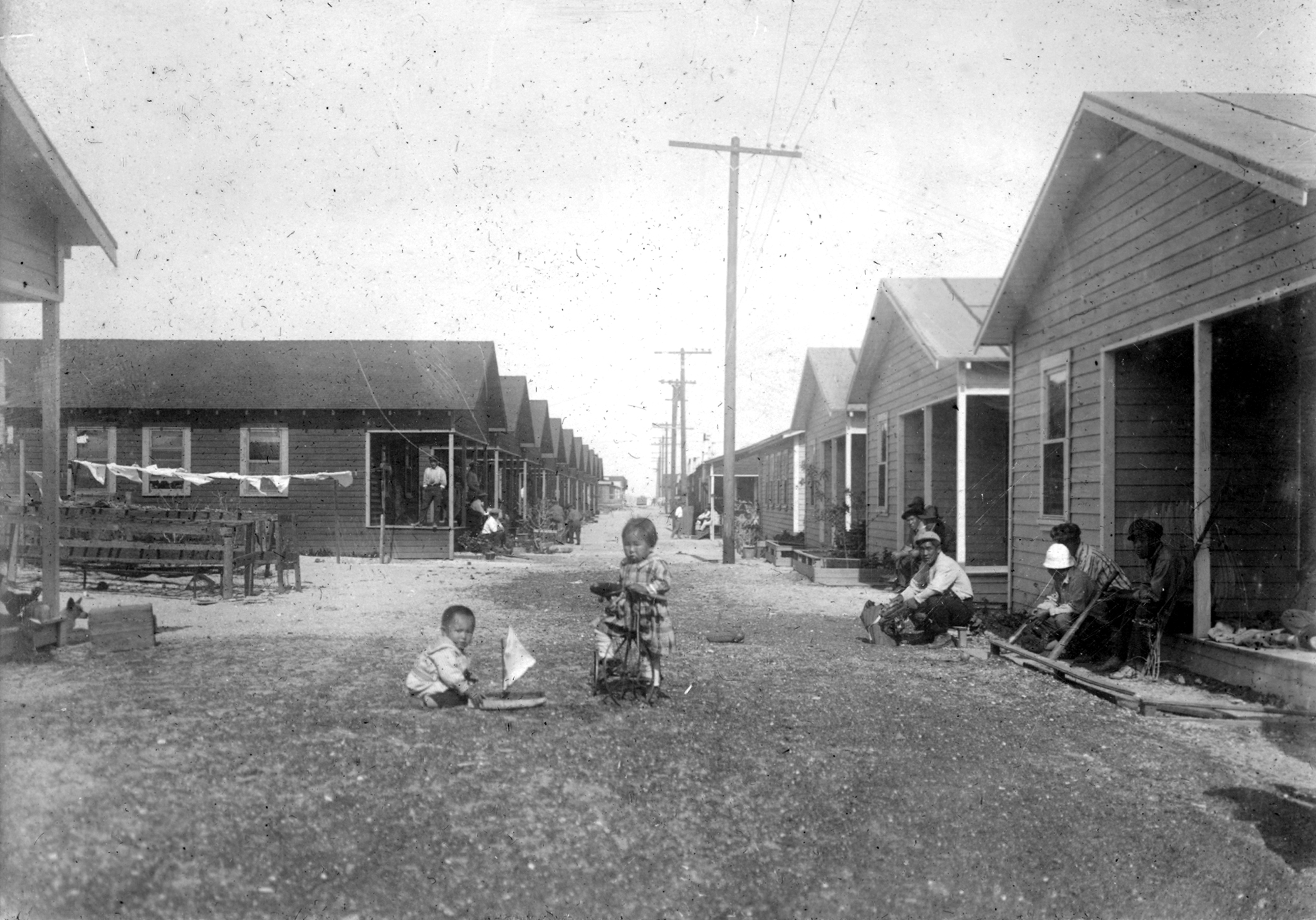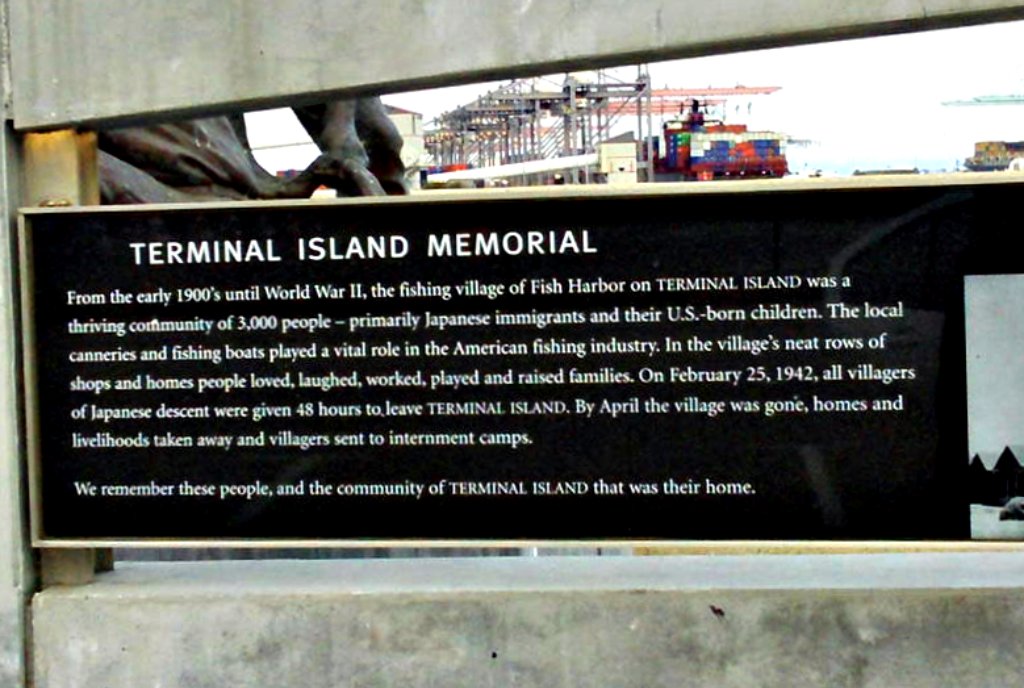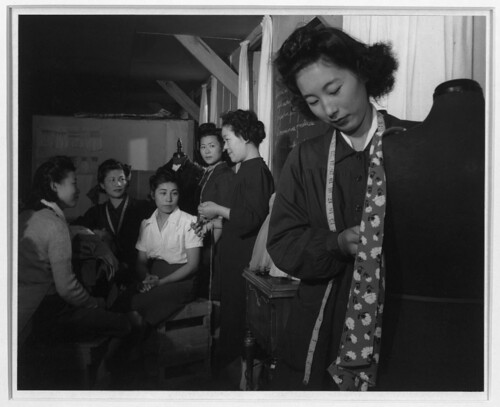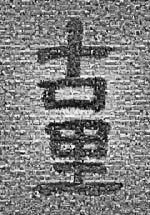Be it ever so humble, there's no place like home'
~ John Payne

In a somewhat hidden and deserted strip of land alongside the
busy Port of Long Beach lies a former mudflat that was turned
into an artificial island. Measuring less than 5 miles long,
officially named Terminal Island in 1918, this area was
once the Tuna canning capital of the world.
Fine, I thought to myself last October as I was being driven
through the shipyards of Long Beach to visit this place.
But where was it ? No one in sight. No Maps, Directions,
Concession stands, Museum Brochures or Restrooms. Not
a soul in the area with the exception of a lone Mariner who was
probably walking along this silent strip of land to get to his
vessel docked a few miles away.
And then it came into view, this rather large Monumental Statue
of two Issei Fishermen, cast in Bronze. Looking deep into the
distance while their hands worked instinctively, perhaps dreaming
of their old homes far away in Japan that they would in all reality
probably never see again. At once somber and mystifying and
touching. I had my fill of taking pics not realizing what all this was
about until I got back to Texas and started reading up for this post.

A large amount of the work in those Canneries was performed
by similar Japanese immigrants who took up residence there,
building lives and families in their own traditional orthodox
and naive way.
Although the older children took part in normal activities
such as Baseball, dining with friends, attending Local Catholic
schools, celebrating Christmas and New Years', enrolling in the
Boy Scouts, etc., these 'Nisei' (second-generation Japanese-
Americans of immigrant parents) still had a strong sense of
their heritage thanks to their parents who were content it
seems, to remain within the confines of their own tightly-knit,
isolated community, speaking a weird dialect of English and
Japanese words. For over two decades by all accounts it was
an idyllic existence for these families, right up until the 1941
Japanese attack on Pearl Harbor.
Within twenty-four hours, these immigrants and their families
were subjected to evacuation orders, literally banished forever
from Terminal Island. A population close to 3,000 was forcibly
and unofficially removed by the FBI and sent to internment in
Camps. Most of these Islanders wound up in Manzanar at the
foothills of the Sierra Nevada Mountains, victims of Wartime
and Racial hysteria.
After the war, they discovered that there was no 'going back
home' since their homes and schools had been razed to the
ground by the Navy. Not a trace remained to prove they had
once lived a simple, happy life in the Cannery district.
Deeply dismayed but not willing to have a part of their lives
obliterated, these former residents banded together and formed
the Terminal Islanders Club in 1971. A club that holds
periodic Reunions, Picnics, Dances, Sports competitions, etc.,
today these folks are well into their Eighties. As concerns grew
about their unique heritage disappearing, they succeeded
in erecting the Terminal Island Monument in 2002, a memorial
to honor their parents and preserve their precious revered
memories of Furosato : their Home Sweet Home.
An almost-forgotten Memorial to an all-but forgotten time in
Japanese-American History.

Ansel Adams picture from the US Library of Congress

See more related pics at my Flickr album
or on Picasa web and explore other fascinating details of
this true story :
Furusato The Lost Village of Terminal Island
The Terminal Island Mosaic :
1290 Clickable images arranged to form
a Calligraphic Japanese word: Furosato

Related Ken Burns' PBS Video

This comment has been removed by the author.
ReplyDeletewonderful article ... never knew that japs were treated so badly in the u.s all i know that my country was once colonized by japs and they treated filipinos in unhuman way... this is very informative Fred.
ReplyDeleteThanks, Sylvia. Now I understand better why this pic of mine was favorited by a Filipino physician :
ReplyDeletehttp://www.flickr.com/photos/fredmikerudy/4072276266/favorites/
Thanks, Sylvia. Now I understand better why this pic of mine was favorited by a Filipino physician :
ReplyDeletehttp://www.flickr.com/photos/fredmikerudy/4072276266/favorites/